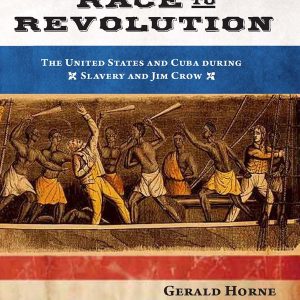Race to Revolution: The United States and Cuba during Slavery and Jim Crow
May 29, 2015
Written by William Booth
The interwoven history of racism and liberation in Cuba and the United States in Race to Revolution illuminates a new historical narrative, argues William Booth
Gerald Horne, Race to Revolution: The United States and Cuba during Slavery and Jim Crow (Monthly Review Press, 2014), 429pp.
Gerald Horne’s new volume casts light on a ‘special relationship’ which is often ignored or forgotten: that of the United States and pre-revolutionary Cuba. Horne, a Marxist historian whose work has covered a multiplicity of themes including race, empire, revolution and communism, has been committed to the study of narratives and topics excluded from the (particularly US) mainstream. He describes the manner in which academic historians have generally dealt with communist history, for instance, as ‘incredibly biased, one-sided, deeply influenced by the conservative drift of the nation’.
One of his ongoing concerns is to challenge the notion that the twin processes of genocide and enslavement which took place during the establishment of the United States as a political and geographical entity were ‘a step forward for humanity’. Another suggestion he has made on numerous occasions is that we should view the United States through the lens of the wider territory of African experience (and thus examine US attitudes to sites of black resistance in that light). Race to Revolution brings two pairs of overlooked histories together: the US and Cuba as nations, and communists and black activists as political actors. It also tells the latter part of the history of slavery, conventionally defined, and offers a corrective to those accounts of abolition in the US which fail to set that story in any kind of wider structural context…

Comments are closed.